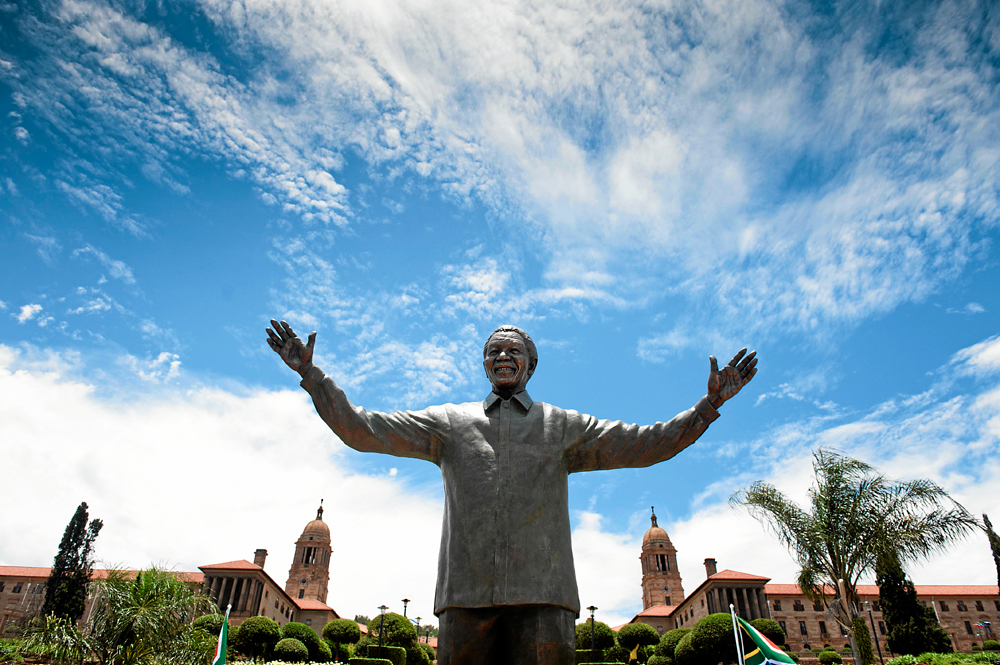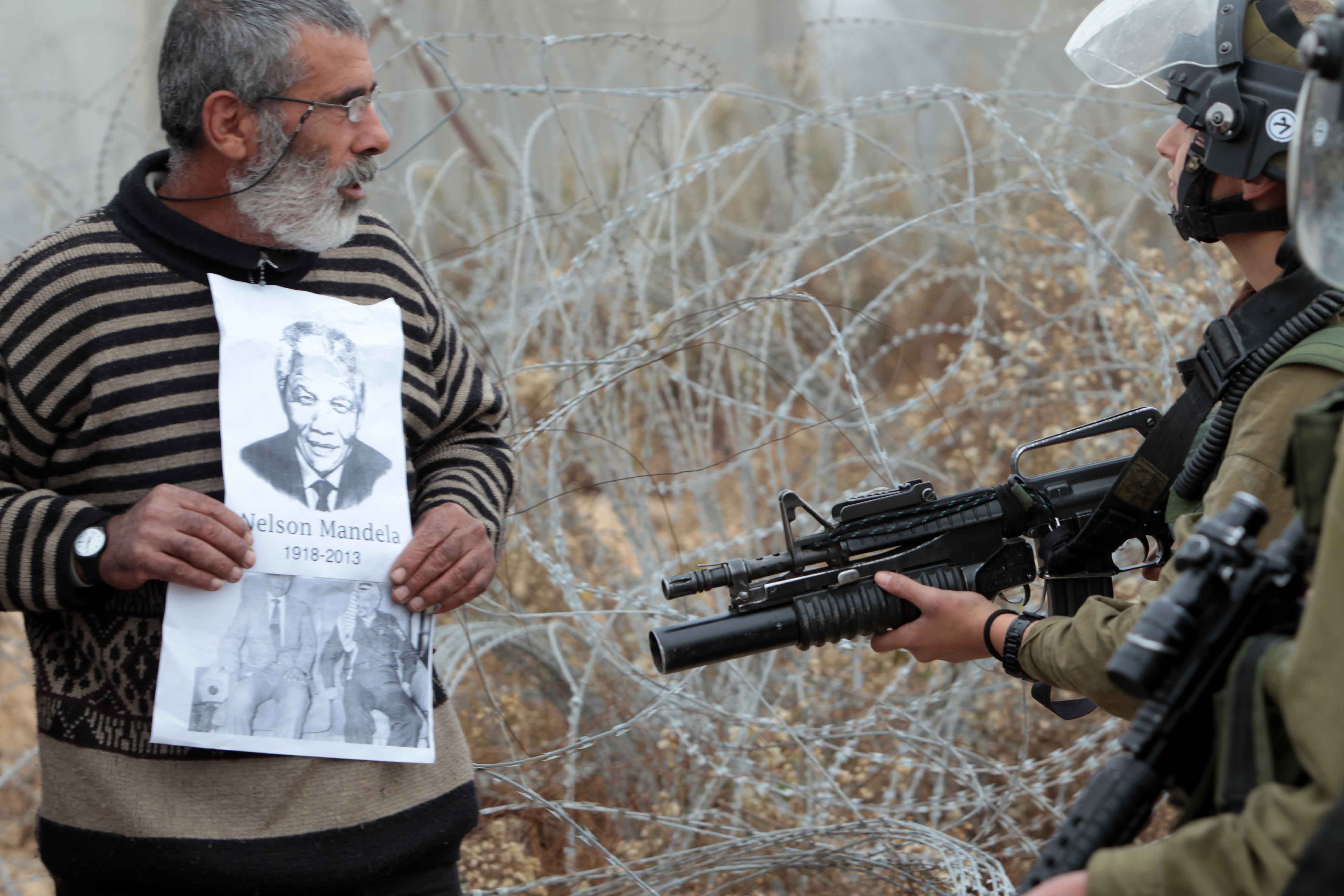
The world pays tribute to Mandela (slideshow)
As South Africans come to terms with the loss of former president Nelson Mandela, the rest of the world bids farewell to Madiba.
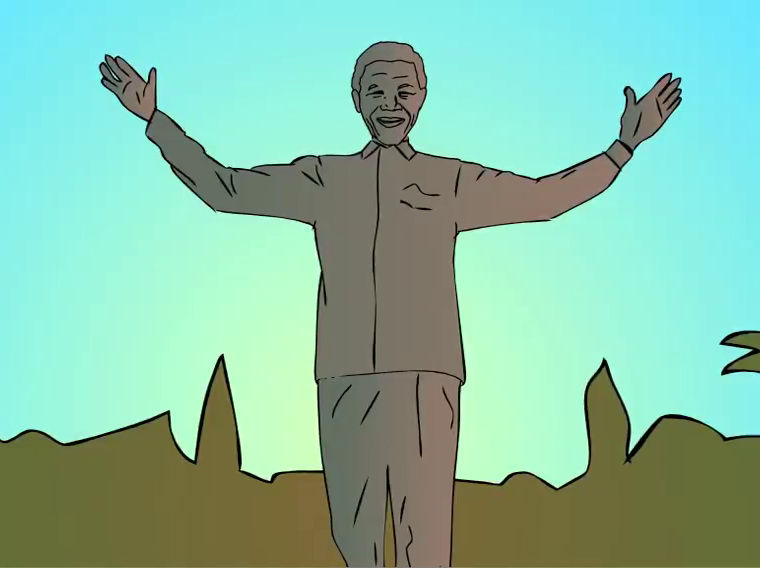
Pimples: Saving Madiba's rabbit (video)
Gwede, Mac and Blade try their best to stop the rabbit from whispering in Mandela's ear. But the elusive animal has some tricks up its sleeve.
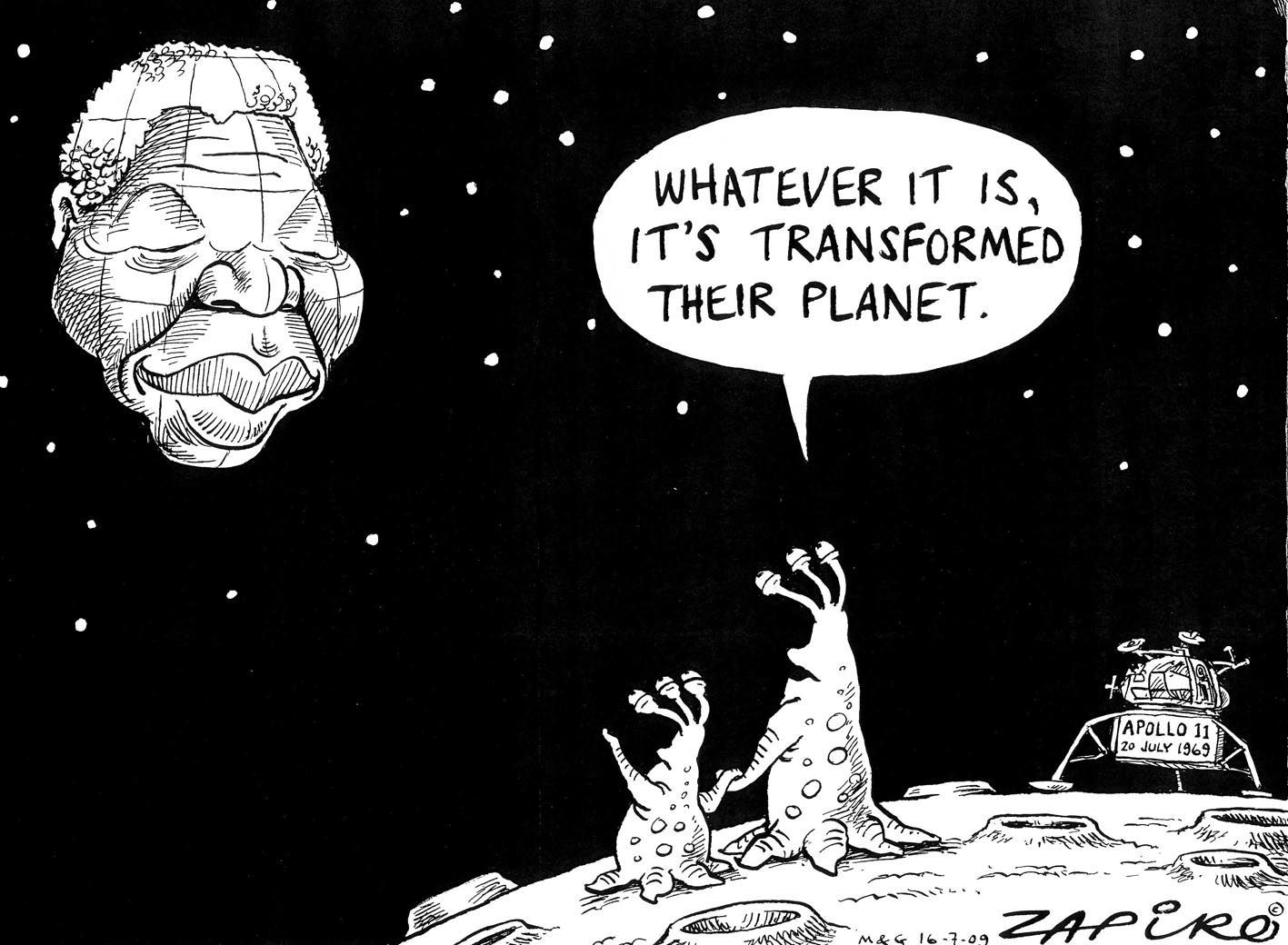
Zapiro's best Madiba cartoons (slideshow)
From his toughest moments to his most triumphant, Madiba has been an inspiration. Here are some of our favourite Zapiro cartoons about him from 1994 to 2013.
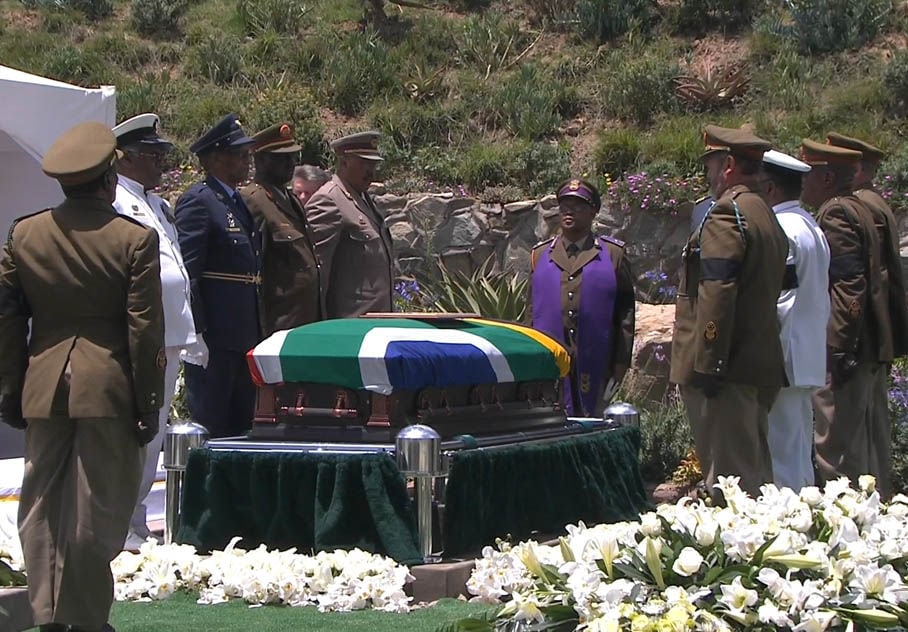
Mandela: SA's greatest son laid to rest (slideshow)
The world watched as Nelson Mandela was finally laid to rest in his hometown of Qunu following a dignified and moving funeral ceremony on Sunday.
In death as in life, Nelson Mandela was thoughtful. December 5 2013 was a convenient time for him to die as far as the state officials and journalists, who would be thrown into a frenzy at his passing, were concerned. Government, business and the attendant news agenda was winding down.
It was particularly suitable for the inevitable marketers, entrepreneurs and “creatives” to consider their responses to the passing of a global icon.
Of course, long before his death Mandela’s name and image had become gold: emblazoned on wine bottles, T-shirts, bridges and smiling benevolently down at us from a dozen or more statues across the world.
The man himself was unimpressed, the evidence shows. An apocryphal quote, the origins of which are uncertain, has him stating: “You can Kennedyise my name, but not Disneyise it.”
In 2007, Mandela ordered the Nelson Mandela Foundation to remove his image from all their marketing materials. By 2009 the foundation’s intellectual property manager was receiving 10 requests a week to use Mandela’s image.
In the year since his death, the floodgates have opened. There has been the usual rash of street names and landmarks named after the world’s hero, plus an assortment of Mandela-themed paraphernalia, from Russian dolls to fridge magnets.
But it’s the take on Mandela’s life and legacy by artists that has made the most waves in the country. Michael Elion’s ill-conceived Perceiving Freedom sculpture has become a study in public art gone wrong. The giant pair of sunglasses on Sea Point promenade, Cape Town, was originally conceived as a fun installation for Camps Bay beach, according to Farzanah Badsha, who sat on a selection committee convened by the City of Cape Town’s arts and culture department.
After Elion got approval to install the work, he made three changes to it that altered the nature of the project from fun to facile: it was moved from the beach to the promenade; Ray-Ban was approached for funding, resulting in the sunglasses being shaped into one of their signature frames; and, crucially, Elion added a questionable layer of meaning by linking the work to Mandela, thanks to its position across the bay from Robben Island, where Mandela had been imprisoned.
It was Elion’s final move that caused an uproar when the piece was unveiled in November, though the heavy-handed corporate shaping of the work came under a fair amount of fire too. Perceiving Freedom was defaced within days, and the tenuous link with Mandela sparked a series of op-eds and conversations.
Elion found a rare photograph of Mandela wearing sunglasses, which he requested from the Nelson Mandela Foundation’s archive. Its spokesperson, Sello Hatang, was quick to point out that this did not equate to “permission” – permission is not required for an artwork inspired by Mandela.
But the choice of photograph was a poor one. It was taken during a PR stunt by the apartheid government in 1977, when journalists were taken on a tour of Robben Island, which had been carefully prepared for the occasion. In the photograph Mandela is leaning on a spade and wearing sunglasses. But we see a tense, angry man enraged at being used as a prop.
It was a marketing stunt with Mandela as an unwilling participant. An artwork based on the image 37 years later feels like more of the same.
Perceiving Freedom fuelled the ongoing debate about the City of Cape Town’s limited racial and social integration, juxtaposed with the often glib public art the city has churned out recently as a “world design capital”.
Elion was also responsible for a series of images of hearts that appeared across the city, which neatly summarised a taste for artificially positive social comment that steers clear of the darker subjects plaguing the South African conscience.
Mandela art is good business
A determinedly bright outlook quite literally characterised the city’s next high-profile work, the SunStar on Signal Hill, unveiled in late November. Sponsored by the Sun Hotel, the 10-storey-high installation features an eight-point star made of the fence from Robben Island and lit by energy-saving LED globes. The link with Mandela is more nuanced than in Elion’s clumsy justification.
“Robben Island is an anchor to our past; I’ve used the LED lights as a projection to our future,” said artist Christopher Swift. Still, the literal interpretation of a sponsor’s name and the use of Mandela’s name have invited derision from an audience made weary by the fiasco surrounding the Ray-Ban sculpture.
It seems public art dedicated to Mandela since his death is plagued with misfortune. A 2.28m bust commissioned by Parliament cost a whopping R2.5-million. The tender was awarded, in a closed “emergency” process, to a company owned by Dali Tambo, son of the late ANC leader Oliver Tambo. In an almost farcical turn of events, the bust was damaged three days after its unveiling in April when a police vehicle reversed into it.
An imposing 9m statue of Mandela unveiled at the Union Buildings the day after he was buried also had a bizarre side-story. The artists responsible for creating the work were prevented from signing it, so they inserted a tiny rabbit in the massive statue’s ear as a trademark of their work and a nod to a light-hearted word play: they said it showed the tight deadline to which they had worked, rabbit in Afrikaans being “haas” also means haste.
But the whimsy of such artists had no place in an official art work and they were made to apologise and to remove the offending rabbit.
But the real winner was, once again, Dali Tambo. His company won the tender to lead this R8-million project.
Mandela art is, unfailingly, good business. Whether it honours the man or “Disneyises” his name and legacy is another matter. – Mail & Guardian


